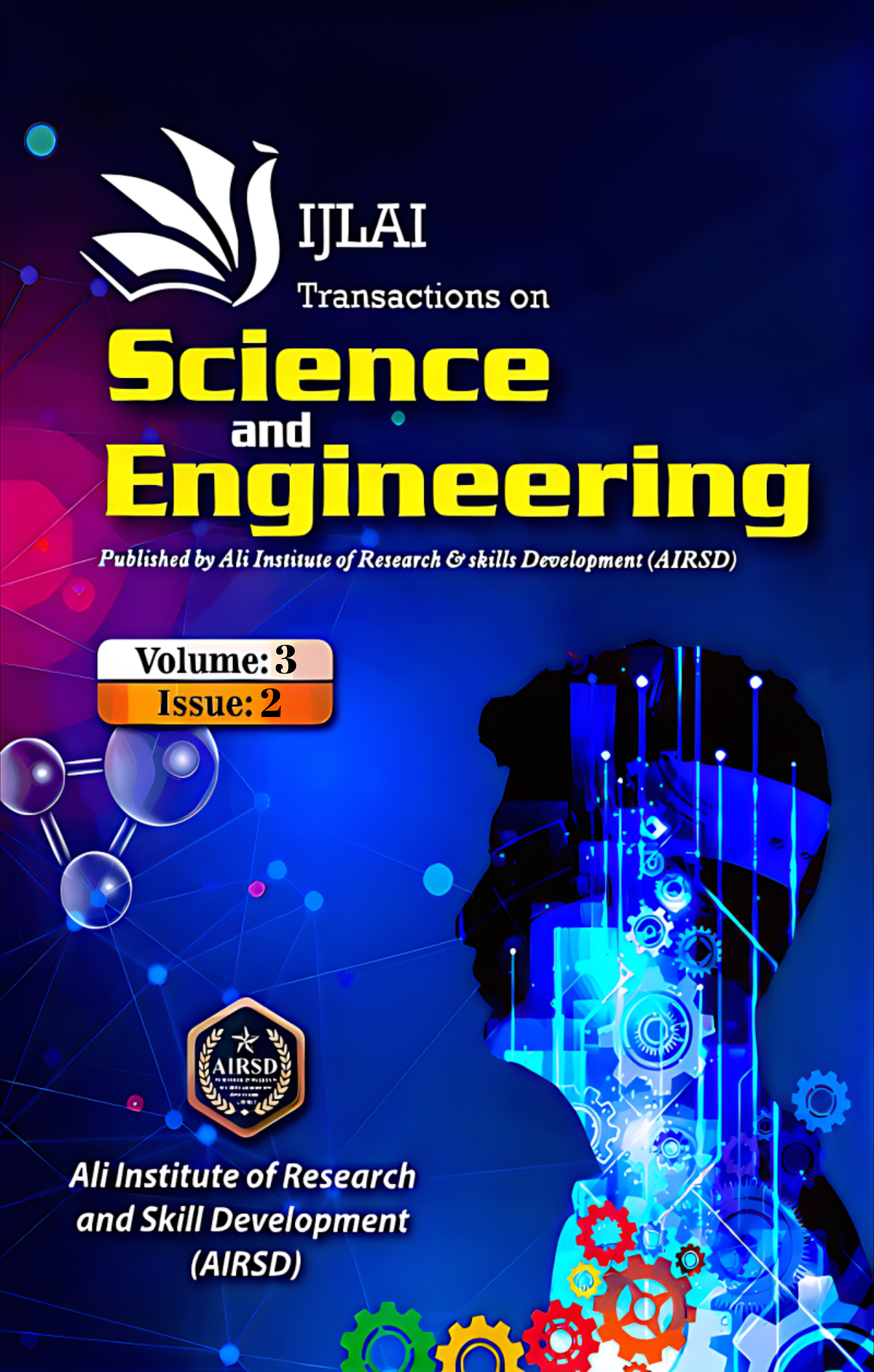Artificial Intelligence Empowering Bel Canto Education: Technical Paths, Aesthetic Challenges and Reconstruction of Teaching Paradigms
Keywords:
Bel canto education, Artificial intelligence, Acoustic parameter modeling Personalized training, Aesthetic standards, Teaching paradigmAbstract
Artificial intelligence (AI) is profoundly reshaping the practical logic and theoretical boundaries of bel canto education. This study takes "technical path - aesthetic challenge - paradigm reconstruction" as the analytical framework to systematically explore the innovative mechanism and practical path of AI-empowered vocal education. At the technical level, an acoustic parameter modeling system is constructed based on deep learning. Through MEL spectrum analysis, forresonance tracking and breath dynamics modeling, the traditional singing assessment that relies on auditory experience is transformed into quantifiable and interpretable acoustic indicators (such as harmonic energy ratio, vowel resonance stability, etc.), achieving precise diagnosis and real-time intervention of vocal defects. Experimental data shows that this system reduces the learners' pitch error rate by 42\% and increases their breath control efficiency by 35\%. In the dimension of personalized training, an adaptive teaching engine based on reinforcement learning was developed to dynamically generate a three-dimensional matching scheme of "voice features - track difficulty - training intensity", significantly reducing the time for beginners to master core vocal techniques (by an average of 28\%). However, the conflict between AI quantitative indicators and the traditional aesthetic standards of vocal music has become prominent: the algorithm's preference for standardized formuster distribution may suppress the singer's unique timbre personality and artistic expression tension. To this end, a "dual-track evaluation model" is proposed: taking acoustic parameters as the technical benchmark and emotional expression and artistic appeal as the aesthetic benchmark, and achieving a dynamic balance between the two through expert annotation and group consensus algorithms. The research further reconstructs the teaching paradigm, advocating that AI tools be positioned as "aesthetic collaborators" rather than substitutes, and builds a new type of teacher-student relationship of "human-machine co-teaching - co-evaluation - co-creation". This research provides a solution that is both technically feasible and aesthetically reasonable for the digital transformation of bel canto education, revealing the underlying logic of the deep integration of art and technology in the AI era.






